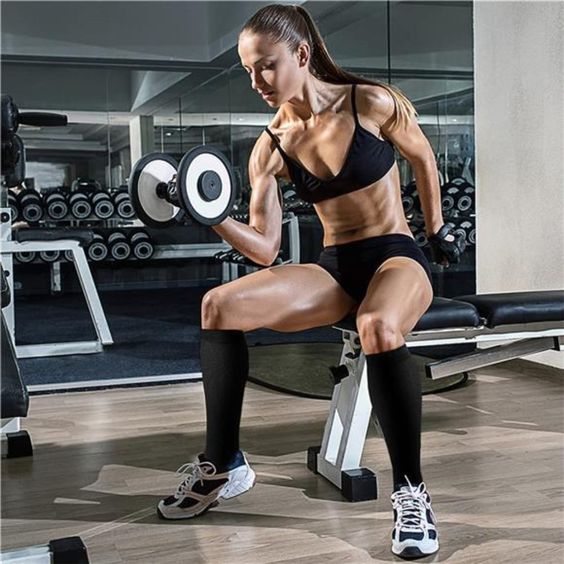Introduction:
Compression socks have gained immense popularity in recent years, extending far beyond the realm of athletes and medical patients. These snug-fitting socks, designed to gently squeeze your legs, offer a wide range of health benefits that can significantly improve your overall well-being. Whether you spend long hours on your feet, travel frequently, or simply want to enhance your circulatory health, compression socks can make a noticeable difference.

This comprehensive guide delves into the numerous advantages of incorporating compression socks into your daily routine. We will explore the science behind their effectiveness, discuss their various applications, and address common questions surrounding their usage.
How Compression Socks Work:
Compression socks exert graduated pressure on your legs, which is greatest at the ankles and gradually decreases as it moves up towards your calves. This pressure gradient promotes healthy blood flow by compressing the veins and arteries in your legs. By doing so, compression socks help:
-
Improve Blood Circulation: The gentle pressure encourages blood flow back to the heart, preventing pooling in the lower extremities.
-
Reduce Swelling and Inflammation: By aiding circulation, compression socks help reduce fluid buildup in the legs, minimizing swelling and inflammation.
-
Prevent Deep Vein Thrombosis (DVT): Compression socks can be particularly beneficial for individuals at risk of DVT, a condition where blood clots form in the deep veins of the legs.
Benefits Beyond Circulation:
While improved circulation is a primary benefit, compression socks offer a range of additional advantages:
-
Enhanced Athletic Performance: By supporting muscles and reducing fatigue, compression socks can improve athletic performance and recovery time.
-
Relief from Leg Pain: Individuals experiencing leg pain due to varicose veins, plantar fasciitis, or prolonged standing can find relief with compression socks.
-
Reduced Risk of Fainting and Dizziness: By promoting blood flow, compression socks can help regulate blood pressure and reduce the likelihood of fainting or dizziness, especially after standing for extended periods.
Choosing the Right Compression Socks:
Compression socks are available in various levels of compression, typically measured in mmHg (millimeters of mercury). It is crucial to consult with a healthcare professional to determine the appropriate compression level for your specific needs.





